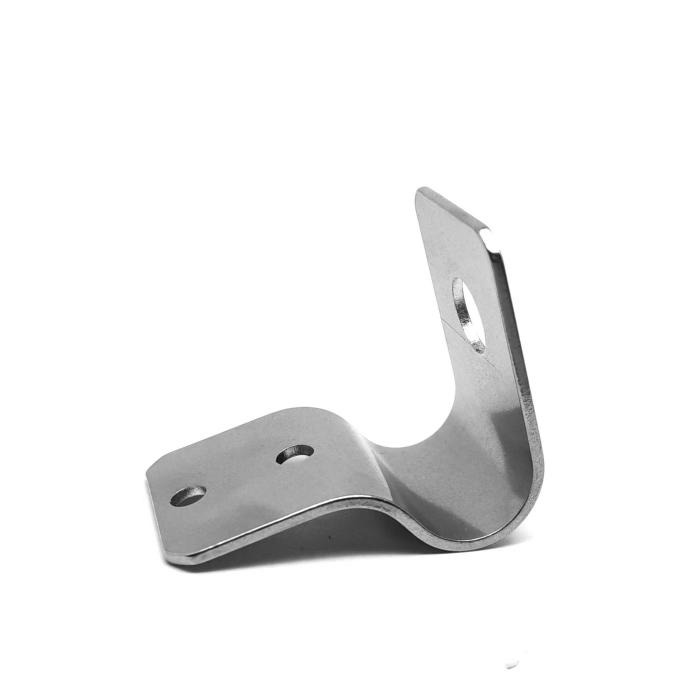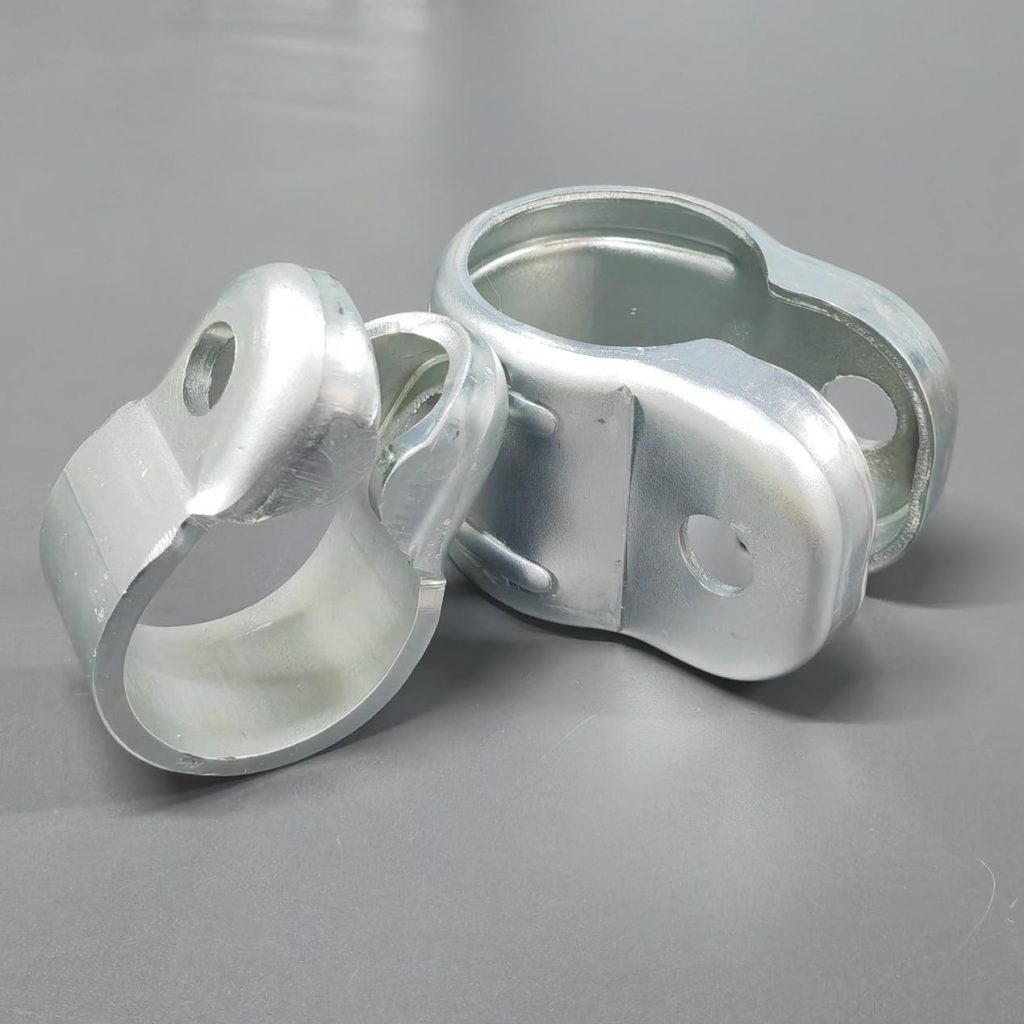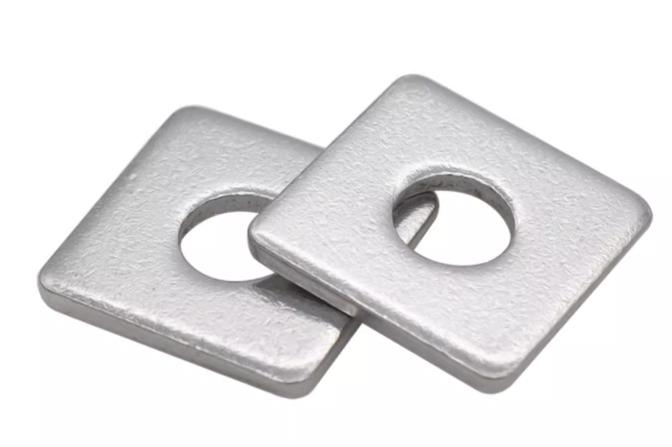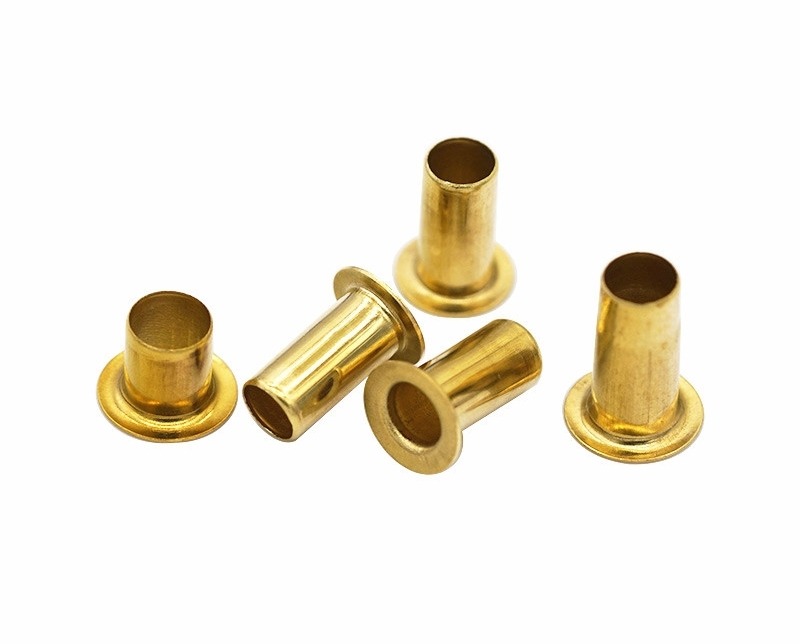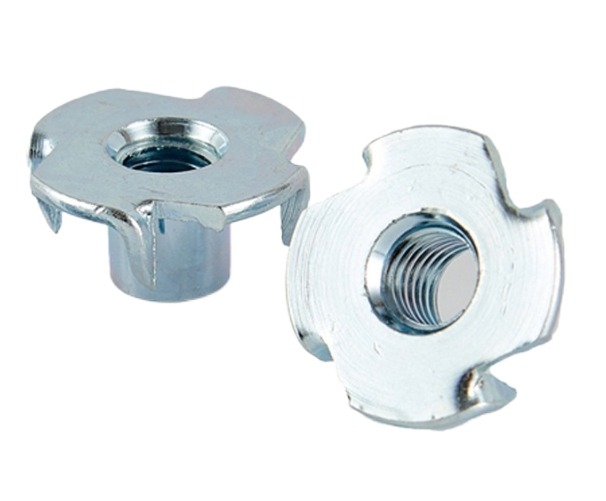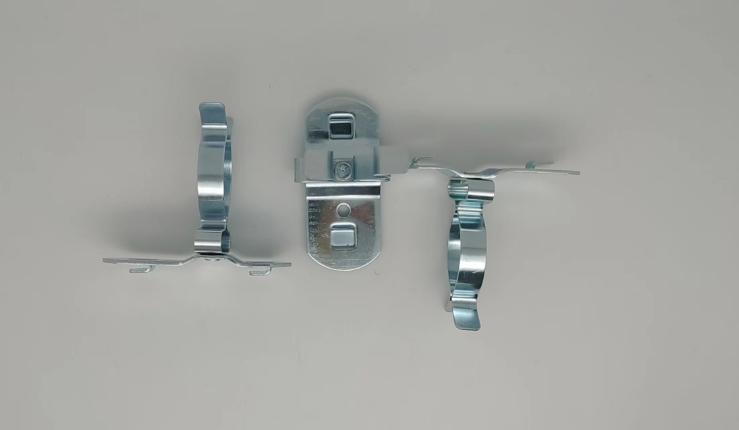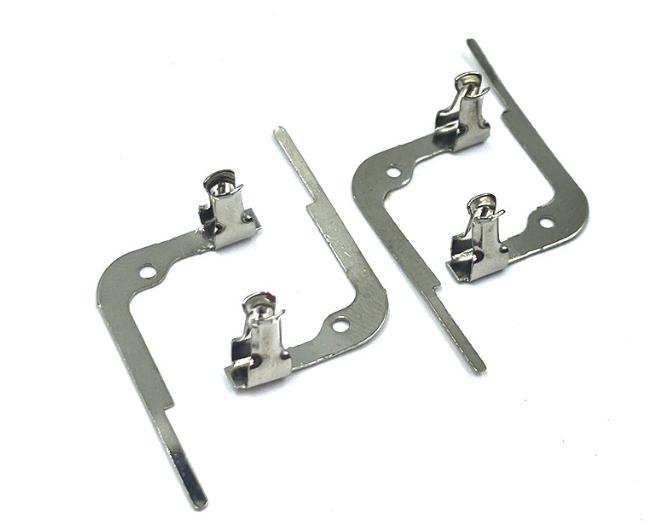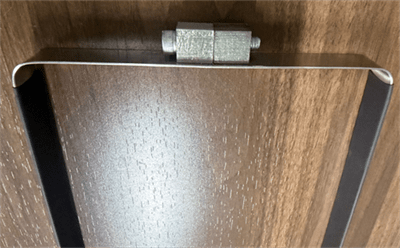The Role of Stamping Process in Welding Nut Forming
Welding nuts are crucial components used to create permanent joints in various manufacturing applications. As manufacturing technology advances, the processes for producing welding nuts are constantly being refined and improved. Stamping, a highly efficient and precise metal-forming method, has become widely adopted in the production of welding nuts. This article delves into the role of the stamping process in welding nut formation, analyzing its impact on production efficiency, product quality, and cost control.
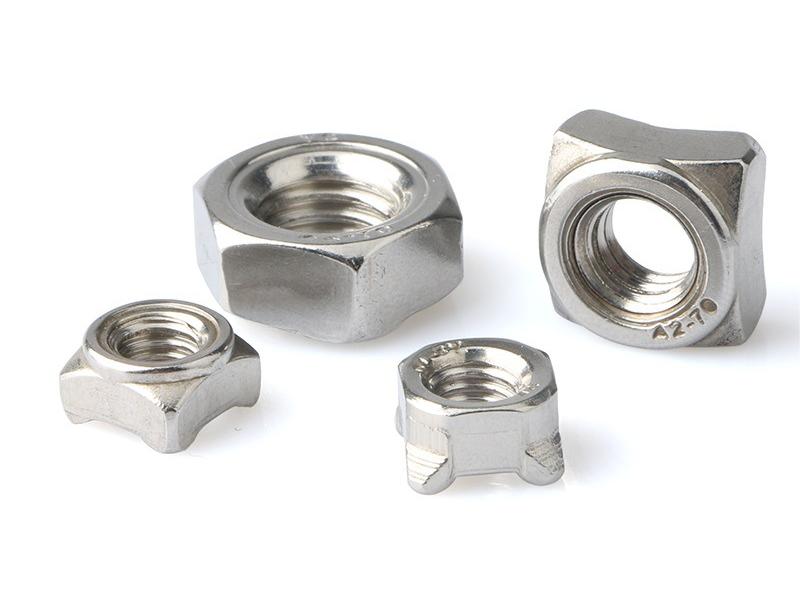
Principles and Advantages of the Stamping Process
The stamping process utilizes a press and dies to plastically deform sheet metal or coil into a desired shape. In welding nut production, specifically shaped dies are employed to stamp the metal material, resulting in a nut with the required dimensions and geometry. This process can be broken down into several steps, including blanking, bending, drawing, and flanging. Each step necessitates precise control of pressure, time, and die positioning.
Stamping offers several advantages that make it a compelling choice for welding nut manufacturing:
- High Efficiency: Stamping boasts rapid production speeds and short cycle times, enabling continuous large-scale production. This significantly increases the overall production efficiency compared to traditional methods.
- High Precision: The high precision of the dies ensures consistent dimensional accuracy and uniform shapes in the stamped nuts, meeting the strict tolerance requirements of welding nuts.
- Low Cost: Stamping offers a high material utilization rate, minimizing scrap. This, coupled with the high production efficiency, translates to a lower cost per unit compared to other metal forming methods.
- Good Mechanical Properties: Welding nuts formed through stamping possess good mechanical properties like strength, hardness, and ductility, making them suitable for various demanding applications.
How Stamping Shapes Welding Nuts?
The stamping process for welding nuts involves a series of specific operations, each contributing to the final shape and functionality of the fastener.
- Blanking Process: The blanking process serves the purpose of cutting out the basic outline of the nut. This typically involves a high-speed press that utilizes a die to rapidly punch through the sheet metal at a predetermined location, separating it and achieving the desired nut shape. The blanking process demands high die precision and durability to ensure accurate dimensions and a clean surface finish on the blank.
- Drawing Process: The drawing process involves using a die to stretch a metal blank into a desired form. In welding nut production, drawing is primarily used to create the main body of the nut. By applying pressure from the top and bottom dies, the metal blank is stretched within the die, gradually forming the required shape. The drawing process relies heavily on the material’s ductility, necessitating precise control of the drawing force and die clearance to maintain product quality.
- Flanging Process: The flanging process involves folding the edge of the welding nut to enhance its strength and aesthetics. During production, a die is employed to apply pressure on the nut’s edge, inducing plastic deformation and creating a flange. Flanging effectively increases the welding nut’s resistance to tensile forces and fatigue, improving its overall performance.
- Other Auxiliary Processes: Aside from the core processes mentioned above, welding nut production may involve additional auxiliary processes to refine specific details. These processes might include punching holes, chamfering edges, or drilling, all aimed at achieving precise thread dimensions, eliminating excess material, or creating specific features on the nut. These auxiliary processes play a significant role in enhancing the overall quality and functionality of the final product, allowing manufacturers to cater to specific requirements.
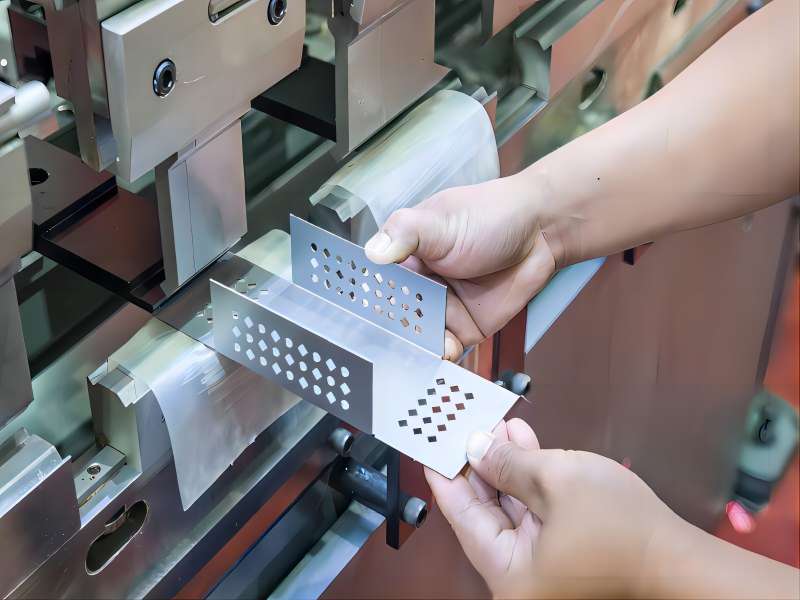
Impact of Stamping Process on Welding Nut Production
The adoption of stamping in welding nut production brings significant advantages across several key areas.
- Increased Production Efficiency: Stamping significantly boosts production speed compared to traditional methods. The high degree of automation inherent in the process minimizes manual intervention and shortens cycle times. Additionally, the high durability and precision of stamping dies contribute to less frequent tool changes, further enhancing overall efficiency.
- Improved Product Quality: The high precision of stamping dies translates to consistent dimensional accuracy and uniform shapes in the finished welding nuts. Furthermore, the precise control of force and material flow during drawing and flanging operations helps to maintain a smooth surface finish and a defect-free nut body. This consistency in quality ensures the reliable performance of the welding nuts in their final application.
- Cost Control Advantages: From a cost perspective, stamping offers several benefits. The high material utilization rate during stamping minimizes scrap generation, leading to reduced material consumption. Moreover, the high production efficiency translates to lower production costs per unit. Finally, the durability of stamping dies minimizes the need for frequent replacements, resulting in lower maintenance costs.
Challenges of Stamping Process in Welding Nut Manufacturing
While stamping offers significant advantages, there are also challenges associated with its implementation in welding nut manufacturing:
- Die Design and Manufacturing: High-precision and highly durable dies are paramount for the success of the stamping process. However, designing and manufacturing such dies can be a complex and expensive undertaking. Die design must account for the specific deformation characteristics of the metal material being used, the sequence of stamping operations, and the final geometry of the desired nut. This necessitates a high level of expertise from design engineers and stringent manufacturing processes.
- Material Selection and Processing: The material chosen for the welding nut significantly impacts the effectiveness of the stamping process and the final product quality. Different welding nut applications require specific material properties. Selecting the appropriate material and implementing suitable pre-treatment processes, such as lubrication or heat treatment, are crucial for preventing cracks or deformations during the stamping process. Choosing the wrong material or neglecting proper pre-treatment can lead to production delays, increased rejection rates, and ultimately, higher manufacturing costs.
- Quality Control: Maintaining consistent quality across all produced welding nuts in high-volume production scenarios presents a significant challenge. Implementing a robust quality control system with advanced inspection equipment and stringent process monitoring procedures is essential. This ensures that every nut produced adheres to the designated specifications and quality standards.
- Equipment Maintenance and Management: Stamping presses and dies experience wear and tear during continuous high-intensity operation. Regular maintenance and proper management practices are necessary to maintain their precision and stability. This involves employing skilled technicians, establishing effective maintenance schedules, and implementing preventive maintenance measures to extend the lifespan of the equipment and ensure consistent production quality.
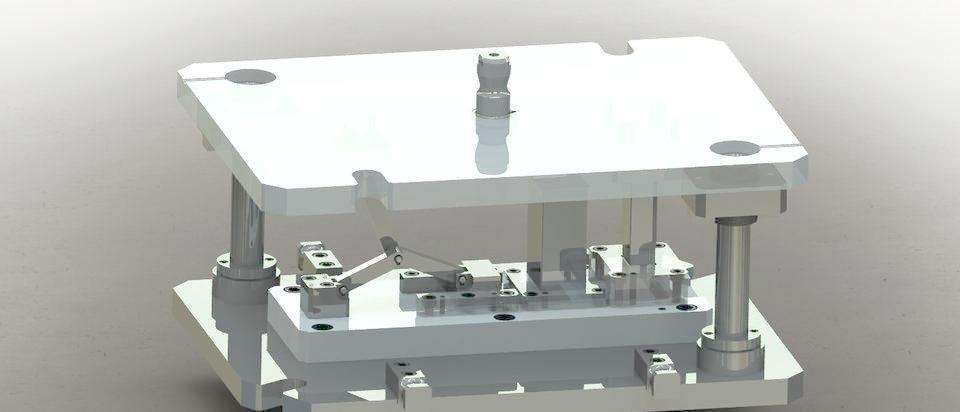
In conclusion, the stamping process has established itself as a cornerstone for efficient and high-quality production of welding nuts. Its ability to deliver consistent dimensional accuracy, exceptional mechanical properties, and cost-effective manufacturing has solidified its position as the preferred method for this crucial component. While challenges exist in areas like die design and material selection, continuous advancements in technology hold the promise of overcoming these hurdles. As the manufacturing landscape evolves, the future of welding nut production undoubtedly lies in the continued optimization and refinement of the stamping process.

